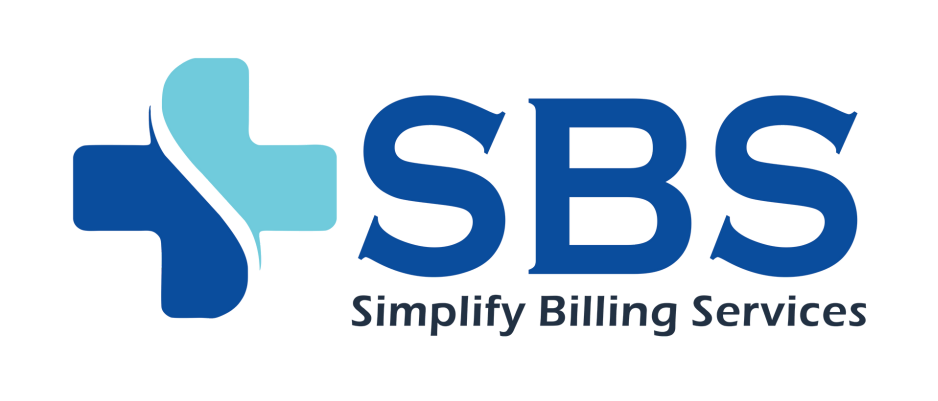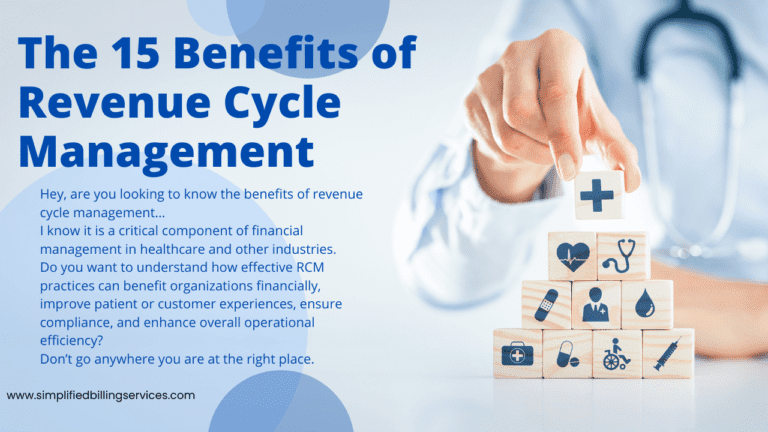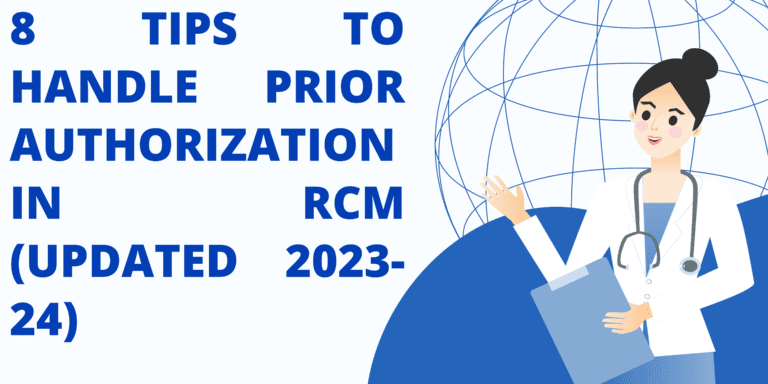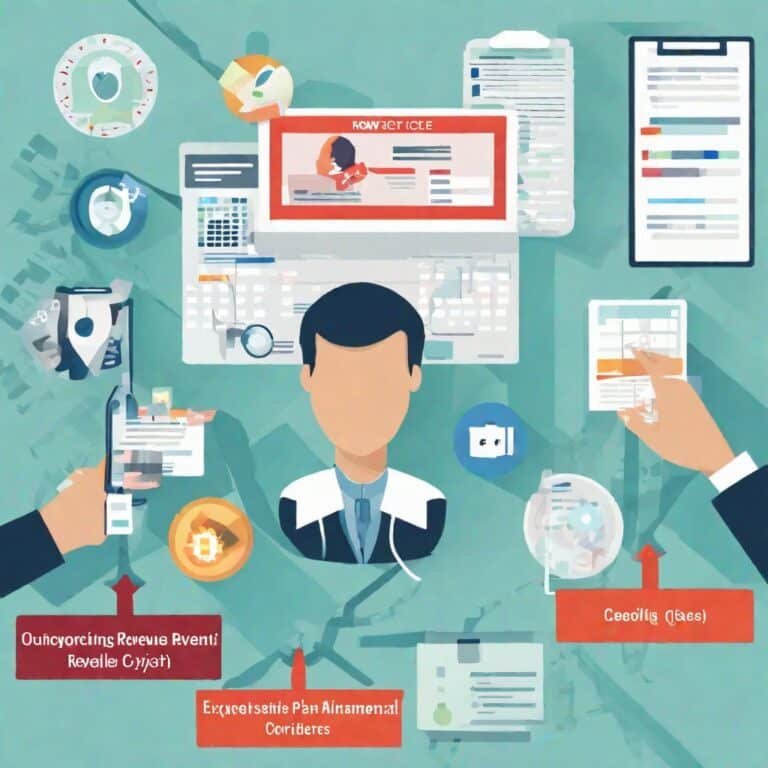Are you a healthcare professional looking to delve into the intricacies of Revenue Cycle Management (RCM)? You’ve come to the right place. In this comprehensive guide, we’ll explore the 13 critical steps of RCM and equip you with the knowledge you need to optimize financial processes within your healthcare organization.
The Average Time It Takes to Complete Each Step in the Revenue Cycle
The average time it takes to complete each step in the revenue cycle varies depending on the complexity of the case and the payer. However, here are some general estimates:
- Order entry: 2.5 days
- Credit authorization: 2.2 days
- Order fulfillment: 2.1 days
- Invoice generation: 1.5 days
- Cash collection: 20.3 days
These numbers can be reduced significantly by automating processes and implementing best practices. For example, companies that automate their order entry process can reduce their order processing time by an average of 10%.
Introduction to Revenue Cycle Management
Revenue Cycle Management (RCM) lies at the heart of every healthcare organization’s financial health. It encompasses the entire spectrum of administrative and clinical functions dedicated to capturing, managing, and collecting patient service revenue. RCM serves as the backbone of your organization, ensuring that healthcare providers receive accurate and timely compensation for their services while maintaining the highest standards of patient care.
Why Revenue Cycle Management Matters
Efficient RCM is paramount for healthcare institutions, as it directly impacts financial stability. It ensures that healthcare providers receive rightful reimbursement for their services, enabling them to sustain operations, invest in cutting-edge technology, and deliver exceptional patient care. In essence, RCM aligns the revenue generated with the services provided, ensuring financial equilibrium.
The 13 Steps of Revenue Cycle Management (RCM)
In the multifaceted landscape of healthcare finance, Revenue Cycle Management (RCM) stands as the cornerstone of financial stability and the facilitator of efficient patient care. Let’s delve into each of the 13 pivotal steps of RCM, illuminating the path for healthcare professionals to bolster their financial processes and streamline the entire revenue cycle.
Step 1: Establish a Robust RCM Work Model
At the core of a successful RCM strategy lies a robust work model. Here, healthcare professionals face a crucial decision: managing RCM in-house or entrusting it to a specialized third-party provider. Outsourcing this complex task liberates your team from the burdens of software updates, security patches, and infrastructure maintenance, allowing you to focus on core functions.
Step 2: Invest in Team Training for RCM
Empowering your RCM team with comprehensive training programs is fundamental to success. Mastery of system functionalities, precise coding practices, adept claims processing, and efficient denial management are critical. Knowledgeable staff is pivotal in achieving effective RCM.
Step 3: Meticulous Patient Registration in RCM
The RCM journey begins with meticulous patient registration. This initial step involves gathering critical patient information, including demographic details, insurance coverage, and comprehensive medical histories. Error-free registration ensures efficient care delivery and serves as a bulwark against potential claim denials.
Step 4: Streamlined Patient Eligibility Verification for RCM
The seamless flow of RCM hinges on swift patient eligibility verification. Confirming insurance benefits, coverage limitations, and prior authorization requirements is paramount to expedite reimbursement and avert claim denials. Diligence in this phase is pivotal for a smooth revenue cycle.
Step 5: Efficient Appointment Scheduling in RCM
Efficiency reigns supreme in patient appointment scheduling in RCM. Coordinating physician availability, aligning with patient preferences, and addressing care urgency are essential to minimize no-shows. Incorporating automated appointment reminders further streamlines this critical aspect of the revenue cycle.
Step 6: Precision in Check-In Procedures for RCM
Precision during the check-in process is indispensable in the realm of RCM. Capturing updated patient demographics, insurance information, and consent forms with unwavering accuracy enhances the entire billing and claims processing ecosystem.
Step 7: The Crucial Role of Medical Coding in RCM
Accurate assignment of medical codes, including ICD-10 and CPT, is the linchpin of RCM. Proper coding ensures claims are submitted correctly, maximizing reimbursement, and ensuring compliance with industry standards.
Step 8: Effective Charge Capture for RCM
Effective charge capture is the next vital step in RCM. Ensuring that all relevant charges related to the provided services are accurately documented and entered sets the stage for error-free claims submission and optimizes the potential for reimbursement.
Step 9: Timely Claims Submission in RCM
Timely claims submission is the crux of RCM efficiency. Adherence to specific formatting and coding requirements is essential in preparing electronic or paper claims. Swift and accurate submission curtails payment delays and minimizes claim denials.
Step 10: Meticulous Claims Processing in RCM
Meticulous processing of claims takes center stage after submission. Tracking progress, monitoring for errors, and addressing discrepancies are vital aspects of this step. Effective collaboration with insurance payers ensures the seamless processing of claims.
Step 11: Precision in Payment Posting for RCM
The accuracy of payment posting is pivotal in maintaining up-to-date accounts receivable records and facilitating sound financial management. Recording and reconciling payments from insurance payers and patients precisely is critical to the RCM workflow.
Step 12: Comprehensive Denial Management in RCM
Denial management is a crucial component of RCM. Analyzing and addressing claim denials, identifying root causes, and implementing corrective measures are essential to prevent future denials. Effective denial management is the linchpin of optimized revenue and minimal revenue leakage.
Step 13: Thorough Follow-Up for Reimbursement in RCM
The final step in RCM entails thorough follow-up with insurance companies and government payers to ensure timely and complete reimbursement. This proactive approach not only assists patients in avoiding costly collections but also maximizes revenue, fostering financial sustainability.
The Complex Landscape of Revenue Cycle Management
The Revenue Cycle involves several critical components, including patient registration, eligibility verification, charge capture, coding, claims submission, payment posting, denial management, accounts receivable follow-up, patient collections, reporting, and continuous improvement. Each step plays a pivotal role in optimizing revenue.
The Intricate Revenue Cycle Workflow
The workflow of RCM is intricate, beginning with patient registration and ending with financial evaluation. It’s a dynamic process that requires collaboration among healthcare providers, payers, and patients to ensure claims are processed accurately and promptly. Efficiency and accuracy are paramount at every stage.
The Crucial Role of Healthcare Providers in RCM
Healthcare providers are central to RCM, as they deliver services and generate revenue. They must ensure patient information is accurate, benefits are appropriately documented, and codes are assigned correctly. Their cooperation and diligence directly impact the financial success of the organization.
The Significance of Payers in RCM
Payers, including insurance companies and government programs, are essential to the RCM process. They review claims for accuracy, verify eligibility, and provide reimbursement. Understanding payer policies and procedures is crucial for successful RCM.
Understanding the Patient’s Role in RCM
Patients also play a role in RCM through accurate registration, providing insurance information, and timely payment of co-pays and deductibles. Educating patients about their financial responsibilities is critical to prevent billing disputes and delayed payments.
Technology’s Transformative Impact on Revenue Cycle Management
Technology, such as Electronic Health Records (EHR) and Revenue Cycle Management software, has revolutionized RCM. Automation streamlines processes, reduces errors, and enhances communication among stakeholders. It’s an integral part of modern RCM strategies.
Benefits of Effective RCM
Effective RCM leads to improved financial stability, reduced billing errors, increased patient satisfaction, and enhanced operational efficiency. It allows healthcare providers to focus on delivering quality care rather than administrative tasks.
Compliance and Regulations in RCM
RCM must comply with various regulations, including the Health Insurance Portability and Accountability Act (HIPAA) and the Affordable Care Act (ACA). Non-compliance can result in legal consequences and financial penalties.
Emerging Trends in Revenue Cycle Management
The RCM landscape continually evolves, with trends like value-based care, telehealth, and data analytics reshaping the industry. Staying informed about these trends is essential for adapting RCM strategies.
Best Practices for Successful RCM
Best practices include staff training, regular audits, proactive denial management, and adopting cutting-edge technology. Successful RCM requires a commitment to continuous improvement.
Measuring RCM Performance
Key performance indicators (KPIs) like Days in Accounts Receivable (AR), Clean Claim Rate, and Collection Rate help healthcare organizations assess the effectiveness of their RCM processes. Regular monitoring and analysis are essential.
Critical Steps in Revenue Cycle Management
The 13 essential steps in RCM are the foundation for financial success: establishing a robust work model, team training, patient registration, eligibility verification, appointment scheduling, check-in procedures, medical coding, charge capture, claims submission, claims processing, payment posting, denial management, and reimbursement follow-up.
Optimizing RCM Processes
Healthcare organizations can optimize their RCM processes by investing in staff training, adopting technology solutions, streamlining workflows, ensuring accurate documentation, and implementing effective denial management strategies.
Common Challenges in RCM
Healthcare organizations often face challenges such as claim denials, billing errors, compliance with changing regulations, collecting patient payments, and staying up-to-date with coding and billing changes.
The Role of Patient Registration in RCM
Accurate patient registration is the cornerstone of RCM, minimizing claim denials and billing errors by ensuring correct patient information, insurance details, and medical histories.
The Significance of Medical Coding in RCM
Medical coding plays a crucial role, enabling proper claims submission, reimbursement, and statistical reporting by assigning standardized codes to medical procedures and diagnoses.
Preventing Claim Denials in RCM
To prevent claim denials, organizations should conduct eligibility verification, ensure accurate coding, submit timely claims, monitor claims processing, and implement effective denial management practices.
Denial Management in RCM
Denial management involves promptly analyzing and addressing claim denials, ensuring optimal revenue capture and preventing future denials.
Harnessing RCM Reporting and Analytics
RCM reporting and analytics provide insights into operational efficiency, claim status, and revenue trends, facilitating data-driven decisions, process improvements, and enhanced financial performance.
The Financial Impact of Effective RCM
Effective RCM translates into improved cash flow, reduced claim denials, increased revenue, and enhanced financial stability for healthcare organizations.
Staying Informed in the World of RCM
Healthcare organizations can stay updated on RCM best practices and regulatory changes through participation in industry associations, attending seminars, subscribing to healthcare publications, and partnering with RCM experts and consultants.
Conclusion
Now equipped with a comprehensive understanding of the 13 critical steps in Revenue Cycle Management, you have the knowledge needed to optimize financial processes within your healthcare organization. Implement efficient workflows, invest in staff training, and leverage cutting-edge technology to streamline your RCM processes, reduce errors, and optimize revenue, ultimately improving patient care and financial sustainability.
at Simplify Billing Services, we offer a range of comprehensive solutions to meet your healthcare needs. Whether you’re looking to improve your accounts receivable management, optimize your revenue cycle, streamline credentialing and contracting, verify eligibility and benefits efficiently, or enhance your medical billing and coding processes, we’ve got you covered.
Explore our suite of services and take the next step towards achieving operational excellence:
- Accounts Receivable Management Services: Boost your revenue flow by clicking here.
- Revenue Cycle Management Services: Optimize your financial performance with us here.
- Credentialing and Contracting Solutions: Ensure your practice is properly credentialed with payers. Learn more here.
- Eligibility and Benefits Verification Solutions: Simplify your verification process by visiting us here.
- Medical Billing and Coding Services: Streamline your billing and coding processes. Discover how we can assist you here.
Your healthcare journey begins here. Choose Simplify Billing Services for excellence in healthcare management.






